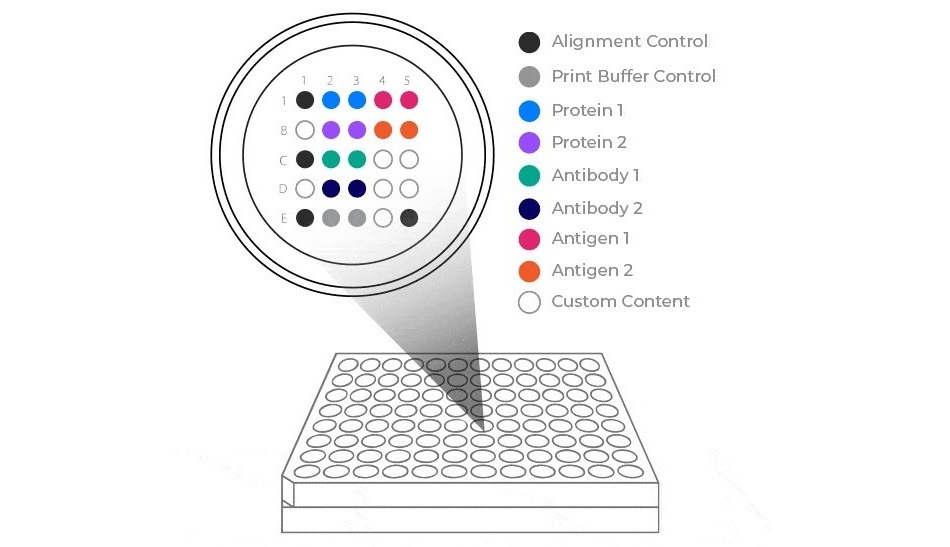Genetics Helps Determine Warfarin Dose for Joint Surgery
By LabMedica International staff writers
Posted on 06 Nov 2017
A five-year study – the Genetics Informatics Trial of Warfarin to Prevent Deep Venous Thrombosis (GIFT) – finds that genetic testing can help determine the safest dose of the blood thinner warfarin, with fewer side effects, for patients undergoing joint replacement surgery.Posted on 06 Nov 2017
Though a very effective anti-clotting medicine, warfarin is often associated with adverse complications and each patient requires a different dosage. That unique dosing is based in part on an individual's genetics, and there has been great interest in understanding to what extent genetic information can guide how to reach an optimal therapeutic range for each patient. Since 2007, the US Food and Drug Administration (FDA) has included language in its warfarin packaging that encourages use of genetic guidance when available.
In the study, nearly 1,600 patients age 65 and older having an elective hip or knee replacement was randomly assigned to one of two groups. One group (control group) received warfarin dosing based on standard factors such as age, height, and weight. The second group was dosed based on these clinical factors plus genetic variants. Brian F. Gage, MD, MSc, of Washington University in St. Louis (St. Louis, MO, USA), principal investigator for the entire GIFT study, with other researchers created an algorithm that uses an individual's genetics to prescribe a more precise personalized dose of warfarin. The algorithm weighs individual patient characteristics, such as gender, weight, age and race, as well as one's genetics.
The researchers found that when doctors dosed warfarin by including genetic makeup, the numbers of adverse side effects significantly decreased. Compared to patients in the control group, patients who received genetically dosed warfarin had a 27% reduction in complications. Specifically: major bleeding was reduced by 75%; incidence of excessive (> 4) international normalized ratios (INRs) was reduced by about 30%; blood clots occurred 15% less often; and no patients died during the study.
So "we can reduce their risk for adverse outcomes compared to using a standardized approach," said Scott Woller, MD, principal investigator at Intermountain Healthcare Medical Center (Murray, UT, USA), "What's uncertain now is how that observation can be pragmatically adopted clinically to provide cost-effective care."
The international normalized ratio (INR) laboratory test helps assess warfarin's effect, and the desirable INR range for patients after hip or knee replacement is 2-3. The dose that will put a patient in the 2-3 INR therapeutic range can vary greatly: Some patients require just 0.5 mg/day, while others might require 15-20 mg/day.
"If we can identify the person who requires 0.5 mg, we'll start by giving them a low dose and it's less likely we'll overshoot," said Dr. Woller, "Likewise for the patient who requires 20 mg, we'll avoid lower dosing initially: rather, we'd start by giving them significantly more because we know their stable warfarin dose will be higher."
He added that looking at genes responsible for the liver’s metabolism of the drug could identify significant genetic differences. Previous studies have shown how various genetic differences (polymorphisms) affect metabolism of warfarin.
Though genotyping on an individual has historically been expensive, Dr. Woller noted that “The day may come when patients go to the doctor, have their blood pressure taken, and then a cheek swab is used to genotype their whole genome.” The information would be also available in case of future need for genetic testing.
They study, by Gage BF et al, was published September 26, 2017, in the Journal of the American Medical Association (JAMA).
Related Links:
Washington University
Intermountain Healthcare Medical Center













